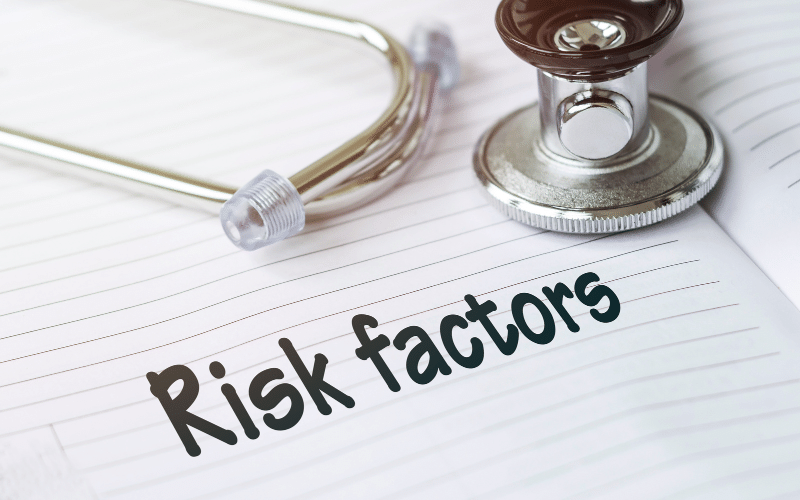Fact 8: Risk Factors

When discussing cholecystitis, it’s crucial to understand its risk landscape. Not everyone is equally susceptible. Certain factors make some individuals more predisposed. Age, for instance, plays a significant role. As one ages, the chances of developing gallstones, a primary cholecystitis cause, increase.
Interestingly, gender plays a part too. Women, especially those who have been pregnant, are at a higher risk. Why? Pregnancy induces hormonal shifts, which can accelerate gallstone formation. Moreover, if your family history is peppered with gallbladder issues, your genetic makeup might push you into the high-risk zone.
Diet, the fuel we feed our bodies, has a hand in this too. Diets rich in fats and low in fiber create an environment conducive for gallstone formation. Add to this the specter of obesity. Excess body weight, especially around the waist, is a red flag. It’s not just about aesthetics; it’s a risk multiplier in the cholecystitis equation.
Certain conditions and medications can inadvertently up the ante. Diabetes, for instance, affects the way the body processes cholesterol, increasing gallstone risks. Similarly, medications that contain estrogen, like certain birth control pills or hormone therapy drugs, can alter cholesterol metabolism, setting the stage for gallstones and, by extension, cholecystitis.
Cholecystitis doesn’t play favorites. It looks at a confluence of factors – genetic, dietary, hormonal, and more. Understanding these can be the first step in a proactive approach, ensuring early detection or even prevention. (8)